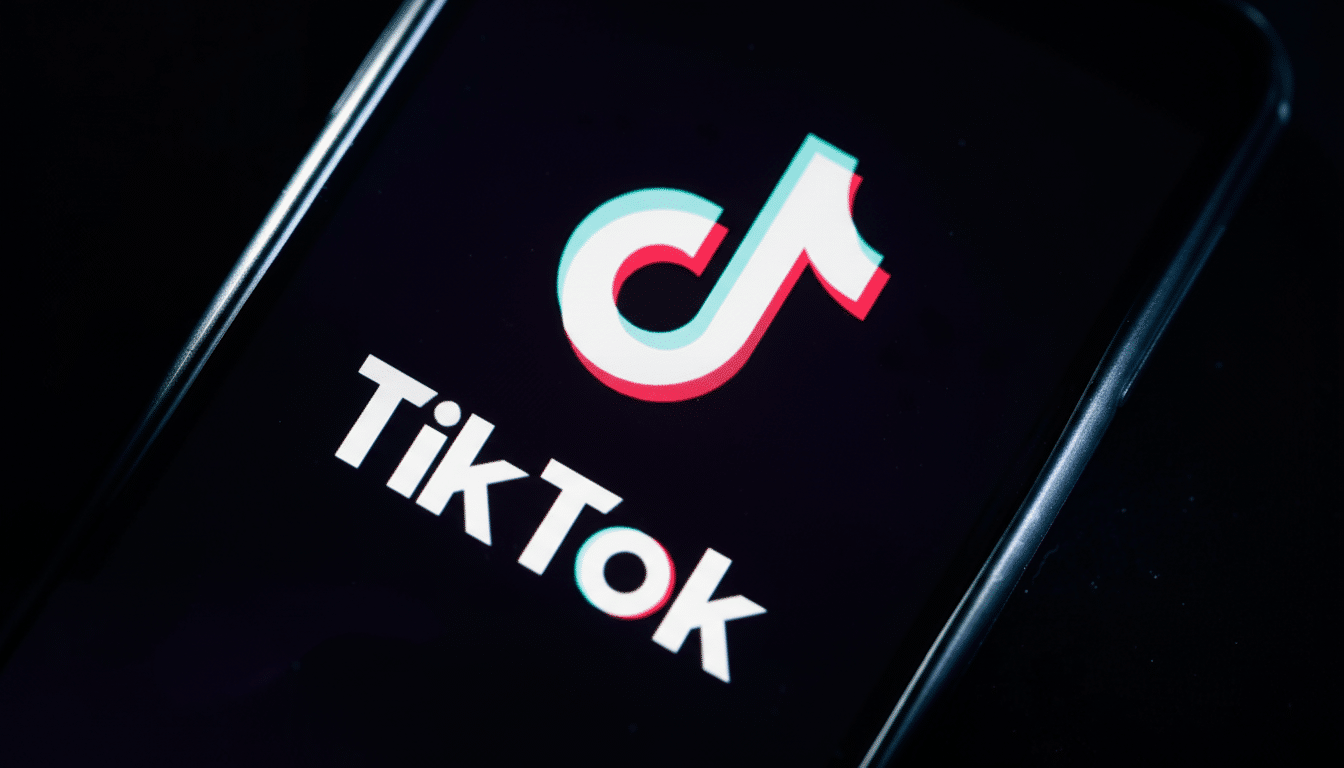The protracted confrontation over TikTok’s future in the United States is coming to a head. American investors are close to taking control of TikTok’s American operations from the Chinese company ByteDance, after the Trump administration approved a sale. Even as the parties are circling core terms and governance, big unresolved questions loom around the app’s algorithm, data management and how — if at all — users would make the move over to a new U.S.-controlled platform.
What the proposed U.S. TikTok deal would look like
As designed at present, a U.S.-led investor group would own a majority stake — press reports have said about 80% — with Chinese shareholders maintaining a minority interest.
- What the proposed U.S. TikTok deal would look like
- Oracle’s role and the algorithm question
- What happens to the TikTok app in the U.S. market
- How the U.S.-China TikTok standoff reached this point
- Who wants a piece of the U.S. TikTok ownership deal
- Regulatory and legal speed bumps the deal faces
- What to watch next as U.S. TikTok talks progress

The board would be primarily American, with an extra government-appointed director to enhance oversight. The deal has been discussed at a valuation close to $14 billion, Vice President J.D. Vance said in public comments, though CFRA Research analysts have previously estimated that could be just a fraction of what its fully de-risked U.S. business might fetch.
The White House sign-off is not the last step in the process. National security review by the Committee on Foreign Investment in the United States (CFIUS) will determine final terms, and Beijing’s regulators might also comment on any transfer of sensitive technology, as they have done when China tightened export controls on recommendation algorithms last year.
Oracle’s role and the algorithm question
Oracle is anticipated to be the keystone of the security architecture, building on top of its current cloud hosting for U.S. data for TikTok. The working plan is more than “keep the data in America.” It imagines a cloned, U.S.-confined replica of TikTok’s recommendation engine, licensed from ByteDance and retrained on American infrastructure and data through Oracle’s oversight. Under that approach, ByteDance would be walled off from U.S. user data and would not be able to control the domestic algorithm.
That’s no small lift.
Simply retooling feature pipelines and inference infrastructure — let alone moderation tooling — and then retraining models to hit the same engagement numbers is hard enough for one time, without the original engineering team. Engineers who have worked on TikTok’s Project Texas say that privacy promises are effectively meaningless without corresponding code isolation, audit rights, and incident response plans — all elements Oracle is positioned to supply, but which will need substantial verification.
What happens to the TikTok app in the U.S. market
One bleak scenario laid out by Bloomberg goes like this: The current TikTok app stops working in the United States, and users are transitioned to a new, U.S.-controlled platform. The details — brand, feature parity, and whether creators keep their history and follower graphs — are not yet known. And even for a flawless on-ramp, it would test the patience of users. TikTok has said it has approximately 170 million American users; any friction in transferring accounts, recommendations and monetization tools could lead to lower engagement and creator income.
An earlier U.S. outage demonstrated the platform’s reach and susceptibility to disruption. Delisting from an app store, even temporarily, can bring about growth-killing problems and software update headaches. If there is re-platforming, expect a phased migration and more targeted communications to creators and advertisers to smooth churn.

How the U.S.-China TikTok standoff reached this point
Washington’s worries are about data access and potential foreign influence. The first attempt to brush the Chinese out of our…err…out of here came in 2020 with executive action targeting ByteDance’s ownership of it and a federal court that put a brake on its implementation. Further legislation and state-level action increased pressure. TikTok is suing the United States government, alleging that attempts to force its sale or ban it are violations of the First Amendment and saying that it follows American data laws.
The current deal framework is an attempt to thread the needle: appease national security reviewers without fully cutting off TikTok from the technology roots that made it thrive. That balance is delicate — and litigable.
Who wants a piece of the U.S. TikTok ownership deal
The investor lineup at stake is Oracle, Silver Lake, and Andreessen Horowitz. Public speculation has swirled around the possibility of high-profile media and technology figures getting involved, including Rupert Murdoch and his son Lachlan Murdoch, as well as Oracle’s Larry Ellison and Dell Technologies’ Michael Dell. More parallel bids, meanwhile, have sought a rewiring of ownership: Frank McCourt’s “People’s Bid,” with backing from Guggenheim Securities and Kirkland & Ellis as well as tech luminaries, suggests a more distributed form of governance. Another initiative, the American Investor Consortium, includes names from gaming, crypto custody, and the creator economy. Corporate suitors reportedly kicking the tires include Microsoft and Walmart, as well as AppLovin and Amazon.
Regulatory and legal speed bumps the deal faces
Any deal will have to pass muster with CFIUS, which includes clearance from certain agencies — including the Justice Department and the Commerce Department. Chinese regulators would probably have to approve any transfer or licensing of the crucial recommendation technology. Free speech challenges are also live issues: federal judges have tested platform bans in the past under the First Amendment, and industry groups will question whether operational restrictions are narrowly tailored to genuinely dangerous security threats.
The business fundamentals will matter to advertisers and creators. Insider Intelligence has estimated that TikTok’s U.S. ad sales tally in the high single-digit billions annually, a revenue source that requires steady reach, brand safety controls, and predictable product road maps. Long-term indecision risks budgets moving to more certain platforms.
What to watch next as U.S. TikTok talks progress
Key markers include the ownership breakdown and board composition for the entity, how separate its algorithm is and if there are export licenses needed from China, what Oracle’s security audit process looks like, and what a user/creator migration path away from an existing U.S. app will look like.
Source: https://www.nytimes.com/article/tiktok-oracle-walmart-deal-summary.html
Each decision will decide if this is a cosmetic rearranging or a structural, verifiable shift in how TikTok goes on working in America.

